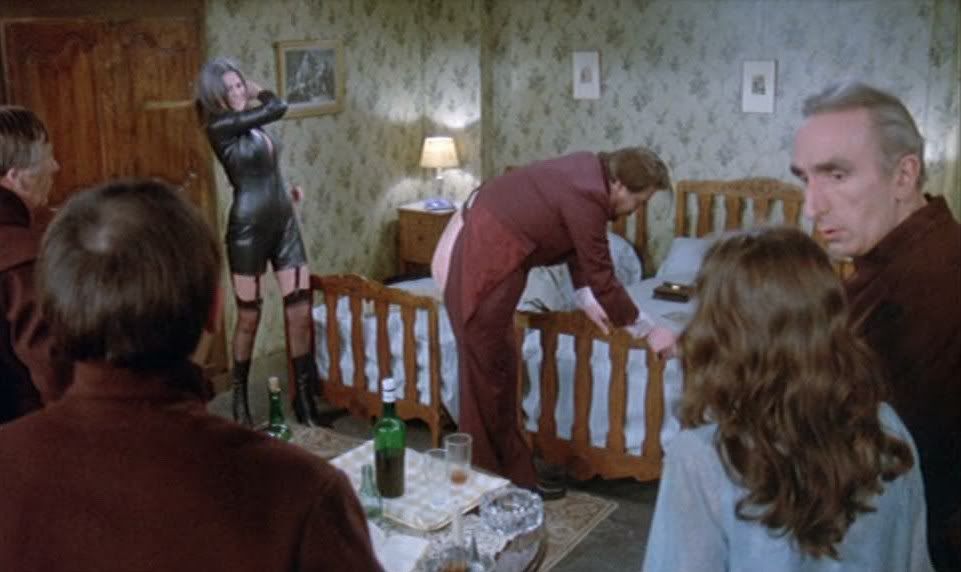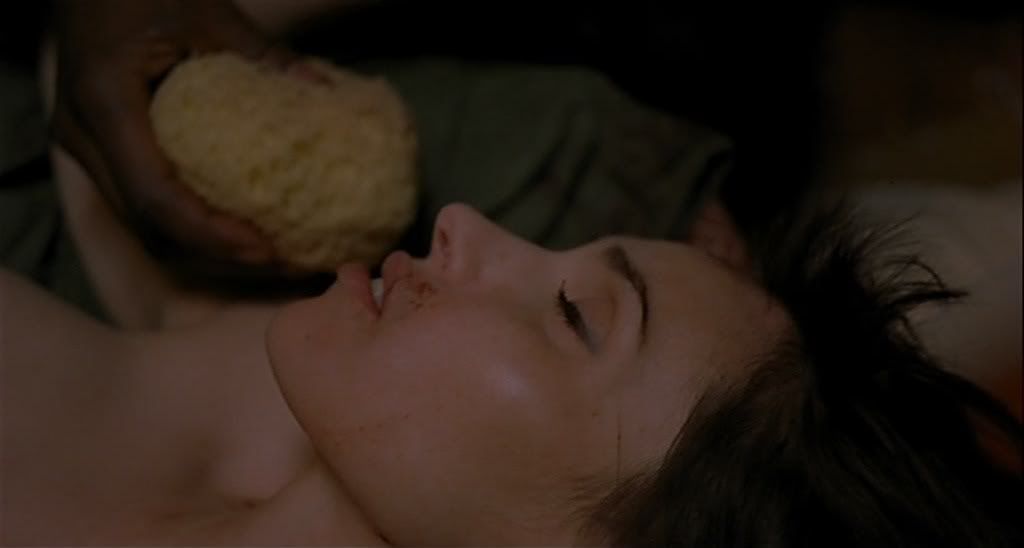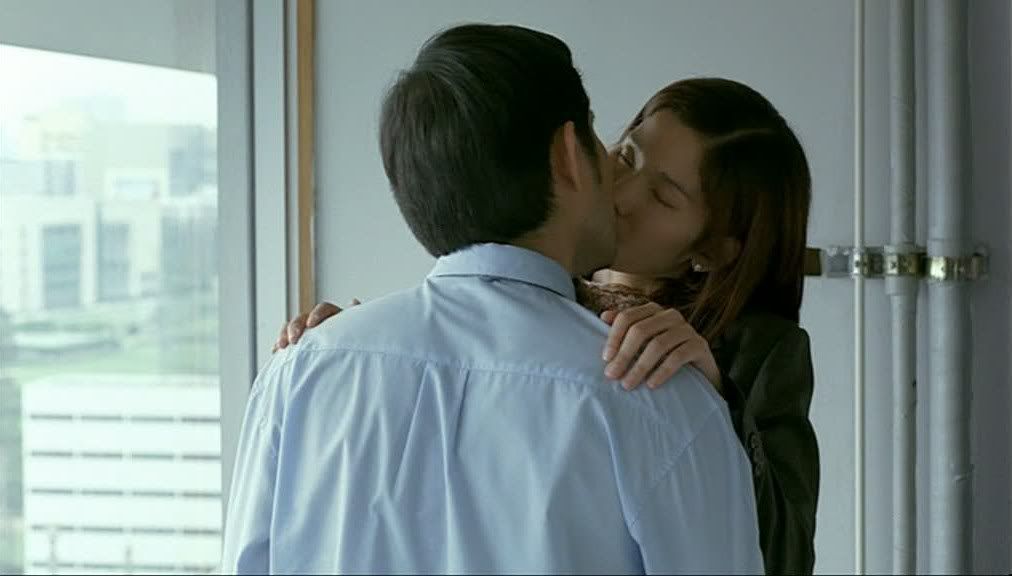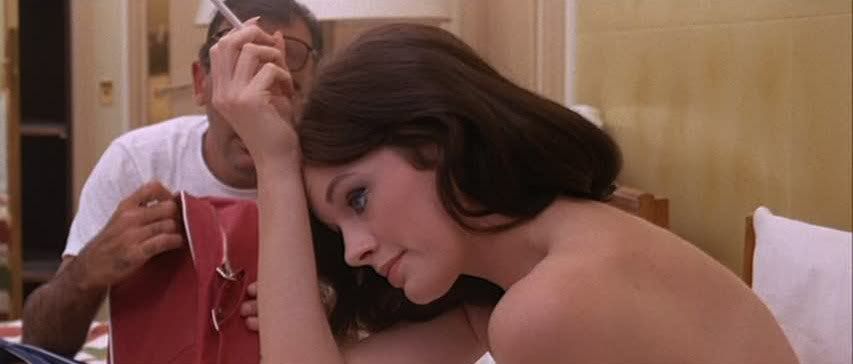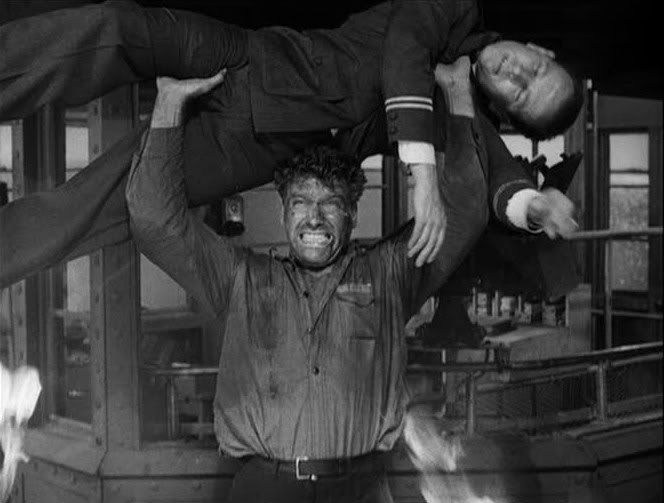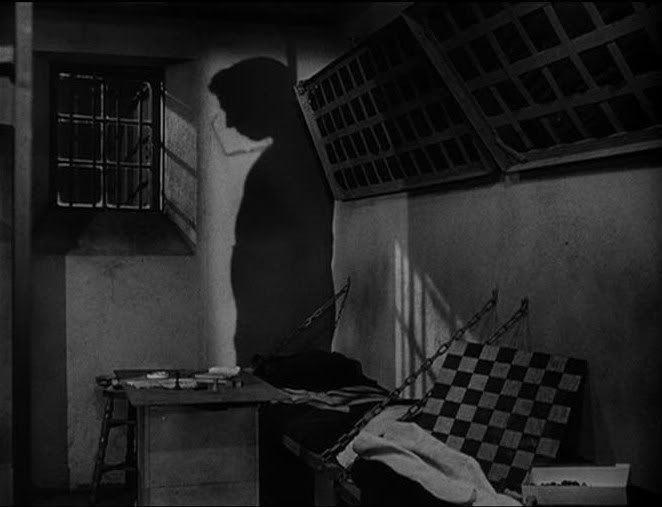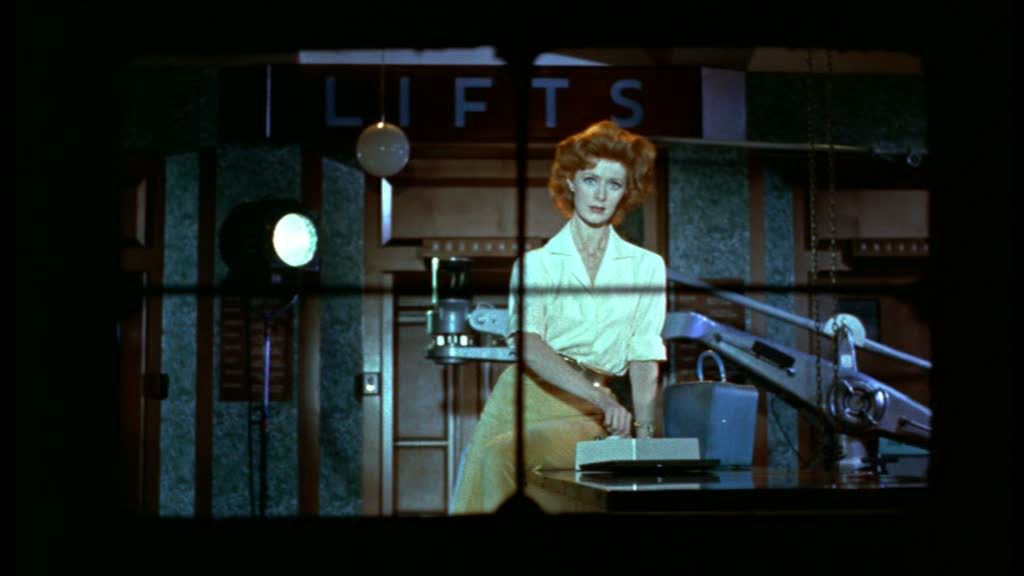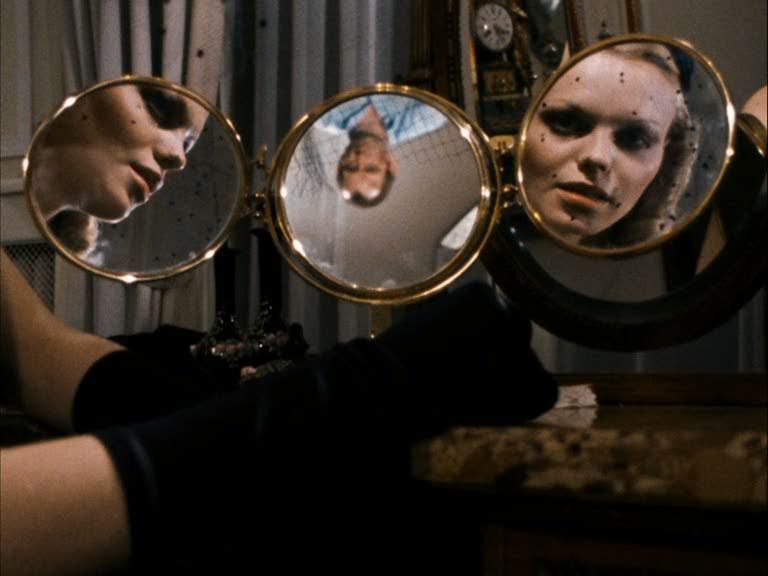
John Frankenheimer's Seconds is a strange, unsettling film that concerns itself with a primal desire: the fantasy of starting over, getting a second chance to do what one wants in one's life, to take on a new identity. However, the film only slowly reveals that this is its true subject. For much of its first act, its purpose is slipperier and harder to divine. The opening minutes of the film, after the trippy opening credits in which various facial features are warped and doubled, are dialogue-free and inscrutable, following an older man, Arthur Hamilton (John Randolph), through a train station where he receives a mysterious message. Frankenheimer employs intentionally destabilizing and self-consciously off-kilter camera angles that infuse a sense of mystery and suspense to these otherwise prosaic scenes. The camera reels drunkenly, and tracks fluidly in pursuit of men who seem to be floating above the ground rather than walking. At other times, the camera seems to be skittering along the ground from the point of view of a subway rat, darting beneath the legs of the crowd. This camera trickery creates a sense of mystery throughout the opening sequences, but not necessarily the right kind of mystery: one is left wondering why the camera is careening around so bizarrely, and what these dizzying perspectives could possibly mean.
Unfortunately, these are questions that Frankenheimer is never able to answer, but there's still something unsettlingly compelling about his showy aesthetics. Throughout the opening sequences, as Arthur gets mysterious calls from a supposedly dead friend and gets sucked into conversations with a strange underground company offering unsavory services, the film slips easily from reality to dreamlike states. At one point, Arthur, drugged and dazed, has a frightening dream of sexually assaulting a young woman, as the room warps and twists around him, perspective lines stretching like taffy until he seems to be trapped within a Daliesque landscape. When he wakes up, though, he only encounters some equally surreal, equally baffling touches, like an elevator that seems to be missing its call buttons and an inexplicable room full of silent men who steadfastly refuse to answer his questions.


The film doesn't quite settle down after this, but it does at least cohere into a plot whose contours can be grasped, at least broadly, and whose themes resonate with anyone who has ever regretted a choice or had ambitions that weren't fulfilled. Arthur, it seems, has been contacted by a company that offers middle-aged men a second chance at youth, and therefore at life: a new, younger face, a new life, a new career, a life without responsibilities or ties. Arthur undergoes surgery and awakes as Tony Wilson (Rock Hudson), a painter who is already established in his career thanks to the company that performed the procedure. The company pitches it to Tony in an irresistible way: he doesn't have to prove himself, doesn't have to go through the hard, potentially dream-killing work of apprenticeship or early struggles. He is reborn into a fully established life, as a modestly successful painter with a nice flat in Miami, free to develop his skills — he'd always wanted to be a painter and now he was, at least in theory, free to be one.
The film's themes are compelling, and in several key scenes Frankenheimer probes these themes in emotionally resonant ways. The film's best scene is undoubtedly the one in which Tony returns to visit his old wife, Emily (Frances Reid), who believes Arthur to be dead. Posing as a friend of Arthur's, Tony asks Emily about her dead husband, and learns that she viewed her husband as something of a mystery, a blank and remote man who never opened up, who never emotionally connected to anyone around him, instead pouring himself into empty pursuits that she sensed didn't even mean anything to him. It is a devastating moment, and Frankenheimer shoots the scene with Emily in the background, facing a mirror and her husband's portrait on the mantel, while in the foreground Tony looks towards the camera, his eyes haunted by the realization of how badly he'd wasted his previous life, how completely he'd missed the point.

The film is at its best in moments like this, moments where Tony comes face to face with his wasted life, with the troubling question of what he could do differently when given a second chance. Equally affecting is Tony's reunion with his old friend Charlie (Murray Evans), who had also undergone the process, and like Tony had failed to really make a go of his second life. The two men meet and talk wistfully about what they'll do when offered a third chance, a third life and a third identity. This time, they say, they'll get it right, this time they'll be able to keep their priorities straight. There's something so poignant about the idea that even two chances aren't enough, that life is so difficult to navigate for these men that they've squandered their opportunities not just once but twice. It's a potent commentary on how difficult it can be to determine what one wants out of life, and it's especially moving when Charlie is called for what he believes to be his second operation, his third chance. There are tears in his eyes and a smile on his face as he looks at his friend, and walks off to be remade yet again, to finally get it right this time around. This moment becomes even more emotionally devastating when considered against the ending's recontextualization of what's actually going on in the waiting room where Charlie and Tony are reunited.
This is the core of Frankenheimer's film, but there's something unbalanced in the execution, perhaps because the film was compromised by studio interference, preventing Frankenheimer from completely communicating his vision. But the film as it exists now squanders too much time on oddball detours like the whole subplot involving Nora (Salome Jens), an exaggerated hippie "free spirit" who Tony meets in his new life, and who engages in such self-consciously arty behaviors as yelling at the ocean and attending a bacchanalian orgy complete with pan pipes and naked hippies. The orgy sequence, lengthy and raucous and over-the-top, is seemingly a frenzied attempt at demonstrating the empty indulgences and pleasures that Tony had been missing in his staid former life as Arthur, but it's overlong to make its point, and increasingly it's just grating, like so much involving Nora. In fact, the film too often seems to be meandering along like this, offering up strange diversions and sidetracks rather than cutting to the heart of the matter. What should be subplots or individual scenes at best wind up consuming the film for whole stretches of time, overshadowing the more compelling ideas that dance around the periphery.
Whether it's because of studio tinkering or Frankenheimer's simple inability to stay focused on his story's essence, Seconds remains a flawed but, at least sporadically, quite powerful film. Much of its power is certainly attributable to Rock Hudson's turn as the young, remade Tony. He occasionally goes over the top, as with everything else in this film, particularly in an exaggerated and loud drunk scene. More often, though, he delivers a nuanced, understated performance, suggesting with his sad eyes and pensive expressions the turmoil of a man who finds that even two chances aren't enough to achieve the life he wants — and that, in fact, the problem is perhaps that he doesn't really have any idea what he does want. It's this feeling of perpetual dissatisfaction and confusion that drives Seconds, even during those stretches when it threatens to go off the rails into self-consciously "arty" indulgence.




